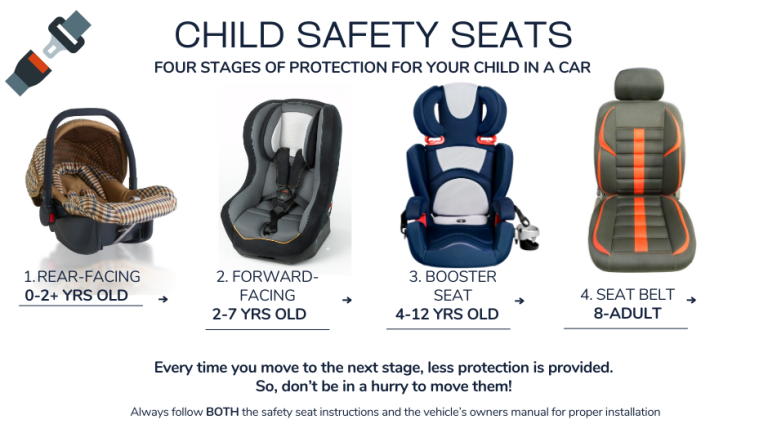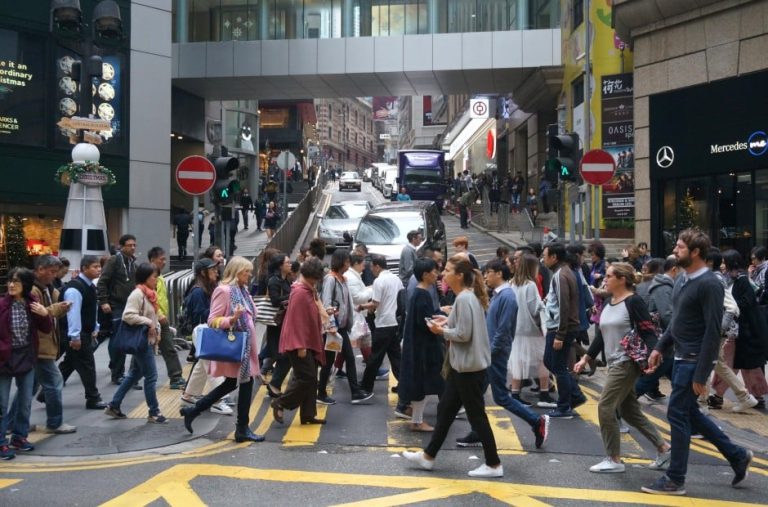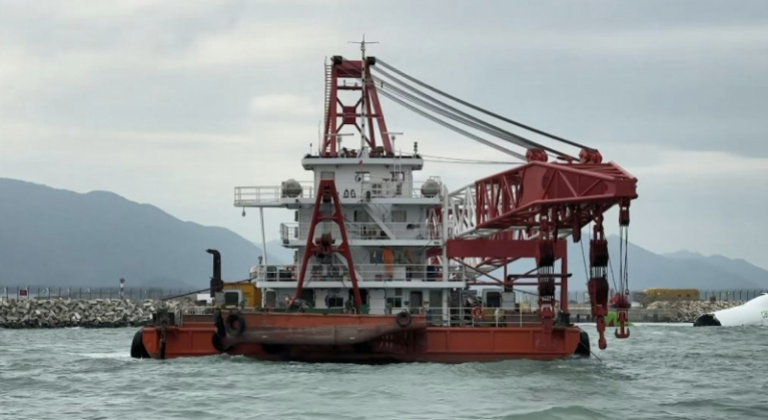Starting November 1st, Hong Kong is implementing a crucial new regulation that mandates child safety measures in private and cross-boundary vehicles. This comprehensive policy aims to protect young passengers by requiring specific safety precautions for children under eight years old or shorter than 1.35 meters.
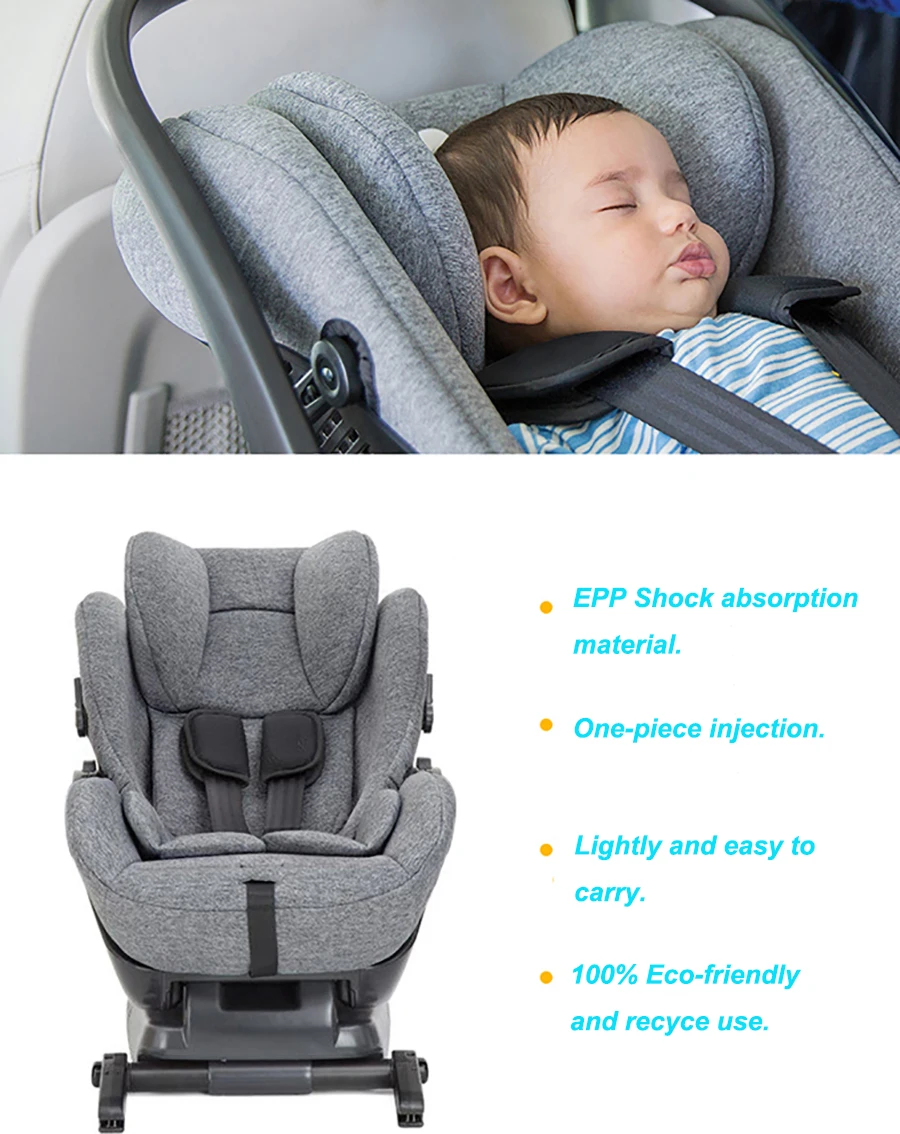
The new rule is straightforward but comprehensive. Children meeting these age and height criteria must be secured in a child safety seat or an appropriate restraining device, whether seated in the front or rear of the vehicle. For older or taller children, either a child restraint device or an adult seat belt is mandatory.
Drivers who fail to comply will face immediate consequences. Police officers can issue fixed penalty notices of HK$230 for violations. More serious infractions could result in court proceedings and potential fines up to HK$2,000. This firm approach underscores the government’s commitment to child safety on the road. To further ensure peace of mind on the road, drivers can also consider securing comprehensive motor insurance. Affordable options, such as those offered by Navigator Insurance Brokers x Blue Cross, provide additional protection for families. To explore these plans, visit Navigator Insurance Brokers x Blue Cross for more details.

When selecting a child restraining device, parents should carefully consider several critical factors. The device must be appropriate for the child’s specific height and weight, and ideally comply with national or international safety standards. Manufacturers typically indicate these standards on product labels, providing a clear guide for parents. Investing in the right equipment is essential, and pairing this with adequate motor insurance can offer comprehensive protection for your family. For tailored motor insurance solutions, check out the offerings from Navigator Insurance Brokers x Blue Cross.
While traditional child safety seats remain the most recommended option due to their comprehensive protection, the regulation allows for alternative devices. These include seat belt adjusters, wearable restraint vests, and foldable boosters. However, parents should be aware that these alternatives may offer less protection, particularly in side-impact crashes, as they often lack essential side padding and back support.

The Hong Kong authorities have been meticulously preparing for this implementation since February. Their extensive public awareness campaign has involved multiple stakeholders, including police, education officials, road safety organizations, and consumer advocates. The outreach strategy has been multifaceted, utilizing online resources, graphics, videos, media coverage, and social media posts to educate the public.
Strategic reminders were issued at key times throughout the year, such as after the Easter holidays, during summer children’s product fairs, and before the school year began. These targeted communications ensured families had ample opportunity to understand and prepare for the new requirement.
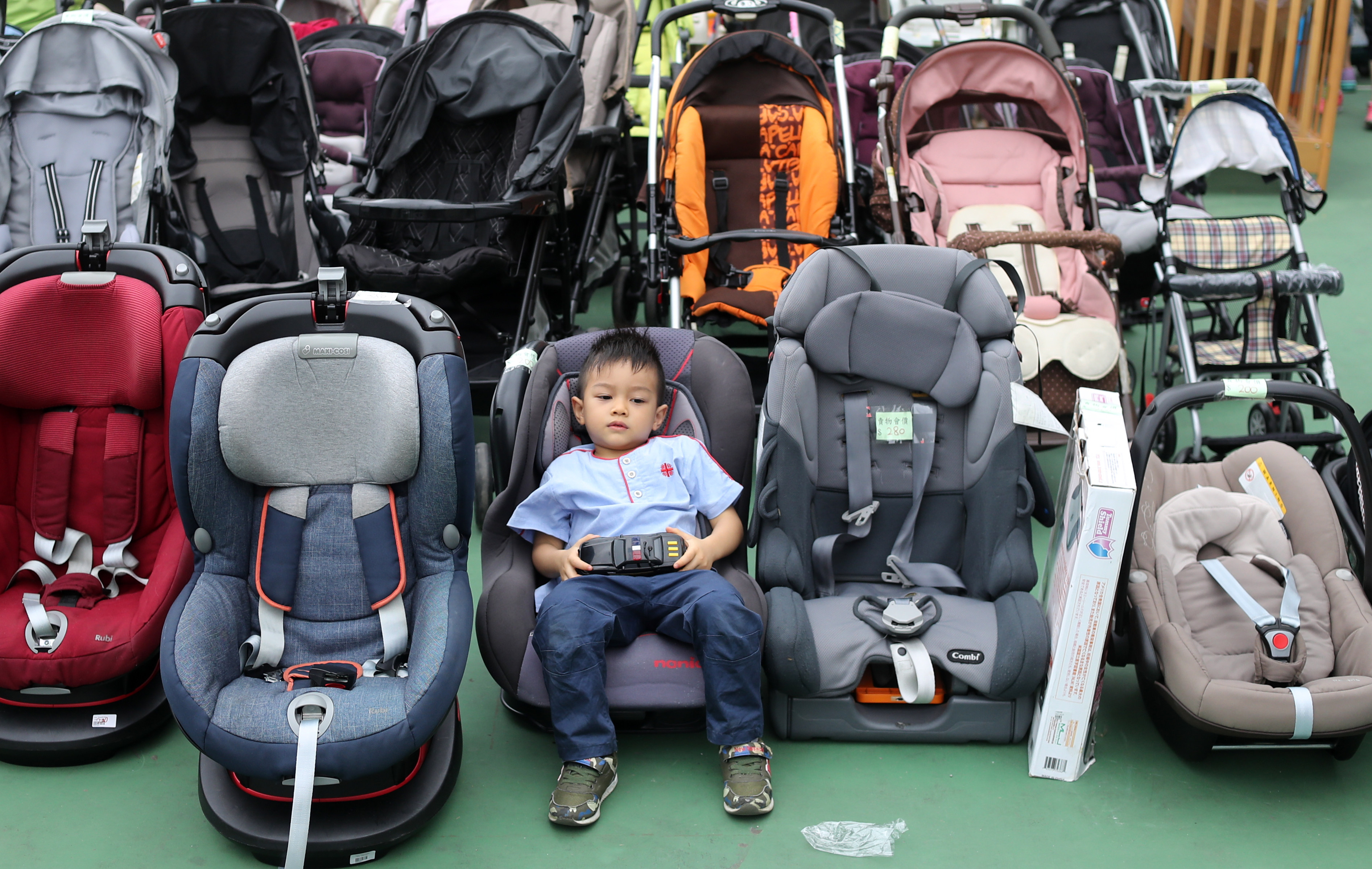
The regulation aligns Hong Kong with international best practices for child vehicle safety, reflecting a proactive approach to reducing potential injuries during road accidents. By mandating proper restraining devices, authorities aim to significantly minimize risks to young passengers. For added security, drivers might also consider comprehensive motor insurance to cover unforeseen incidents. Affordable and reliable plans are available at Navigator Insurance Brokers x Blue Cross, ensuring your family’s safety extends beyond child seats to overall road protection.
Parents and drivers are strongly encouraged to familiarize themselves with the specific details of the regulation. This means not just purchasing a child safety device, but ensuring it is correctly installed according to manufacturer instructions and appropriate for the child’s size.
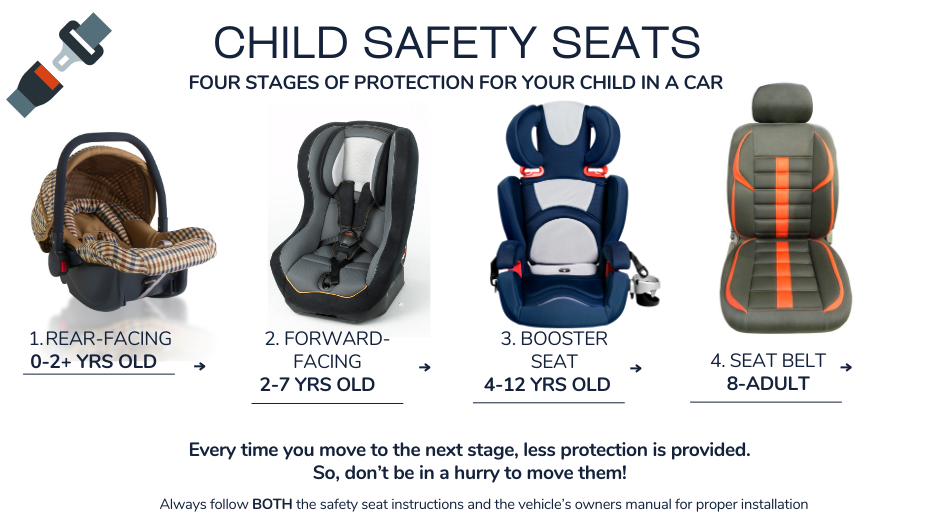
This landmark policy represents more than just a legal requirement—it’s a meaningful commitment to protecting Hong Kong’s youngest and most vulnerable road users. By prioritizing child safety, the government is sending a clear message about the importance of proactive safety measures and collective responsibility on the roads.





